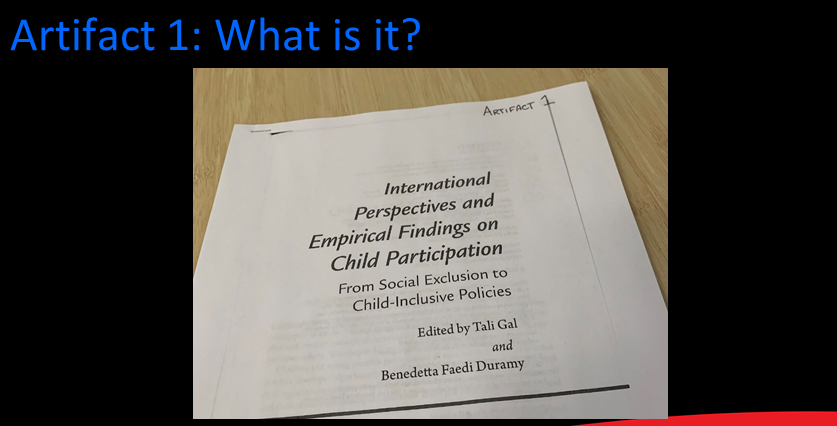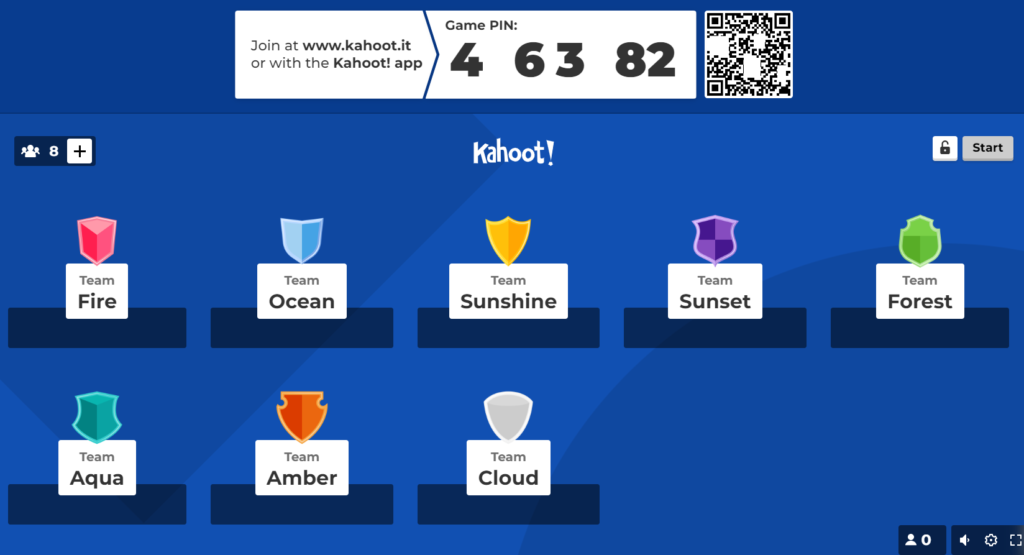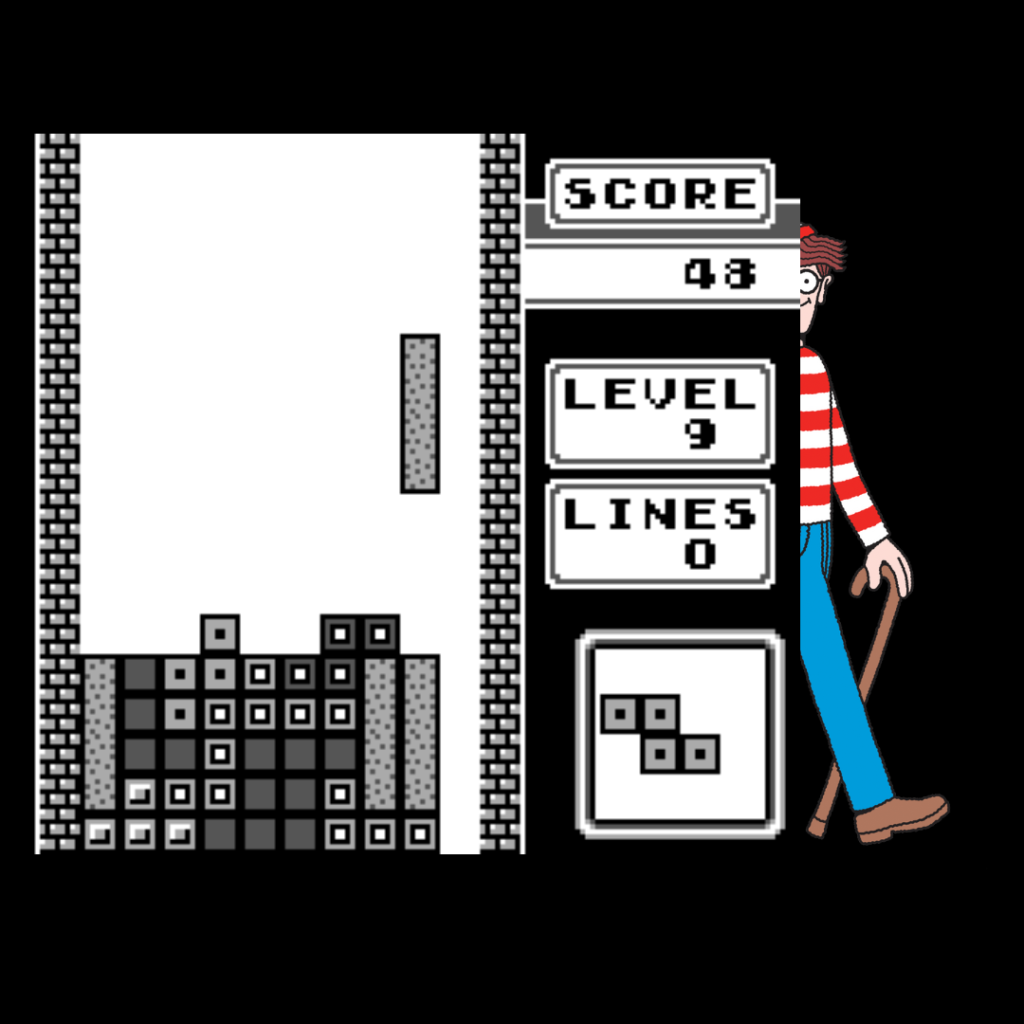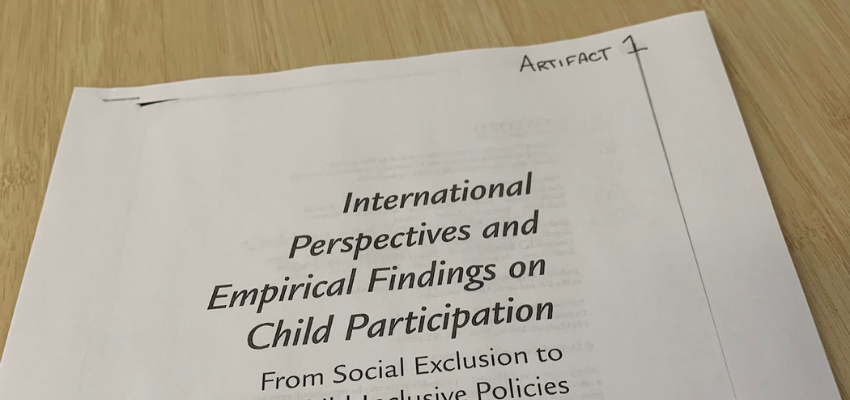Recently, I was approached by a colleague who requested my assistance in creating a fun and engaging activity to teach APA (American Psychology Association) citation in the classroom. Given that “APA citation” and “fun” are not often used in the same sentence, I knew this would be a challenge. However, I accepted the challenge and set out to create an activity that met the following criteria: an in-person session lasting 50 minutes and accommodating 4-6 tutorial sessions with 15-45 students in each.
To save time and effort, I decided to combine two activities that have proven successful in the past.
Activity 1: Identify the resource
The first activity, called “Identify the Resource,” aimed to get students thinking about the types of resources they will be using for their assignments. To do this, I curated five artifacts, including a chapter from an edited book, an article from a popular magazine, a newspaper article, an academic journal article, and a full book with one author. These artifacts were distributed to the class in file folders, with two folders given to each group to ensure that all students had the opportunity to look at them. To save paper, I removed additional pages that were not required for this activity and replaced them with “Pages X to Y removed to save paper.”
After distributing the folders, the teaching team gives students five minutes to get comfortable with the artifacts. As a group, we discussed the artifacts and made sure that everyone knew what each one was.

Activity 2: Kahoot! Quiz
The second activity in my APA citation lesson was a Kahoot! quiz based on the artifacts from the first activity. To make the activity scalable for classrooms of around 50 students, I utilized Kahoot!‘s team feature, allowing students to work in teams of 4-6 to answer APA questions about the artifacts.

To enhance engagement, the teaching team incorporated discussion between questions, encouraging students to think critically about why APA style is formatted the way it is, where to find the author for a book chapter in an edited book, or how to properly cite an editor in APA. We aimed to have 3-4 questions per artifact but found that this was too many when paired with the discussion between questions. To overcome this, I would consider reducing the number of questions, reducing the number of artifacts, or requesting more time in the classroom from the faculty member.
Conclusion
By combining hands-on artifact handling with instruction on how to properly cite in APA style, the activity was designed to enhance the learning experience for students. The use of the analogy of “Where’s Waldo?” and “Tetris” effectively conveyed the concept of finding and properly arranging citation information. As educators, it’s important to experiment with new teaching methods and consider ways to make them practical in a classroom setting. Despite initial doubts, the activity was well-received by students and demonstrated the value of thinking creatively and adapting our teaching methods to meet the needs of our learners.


